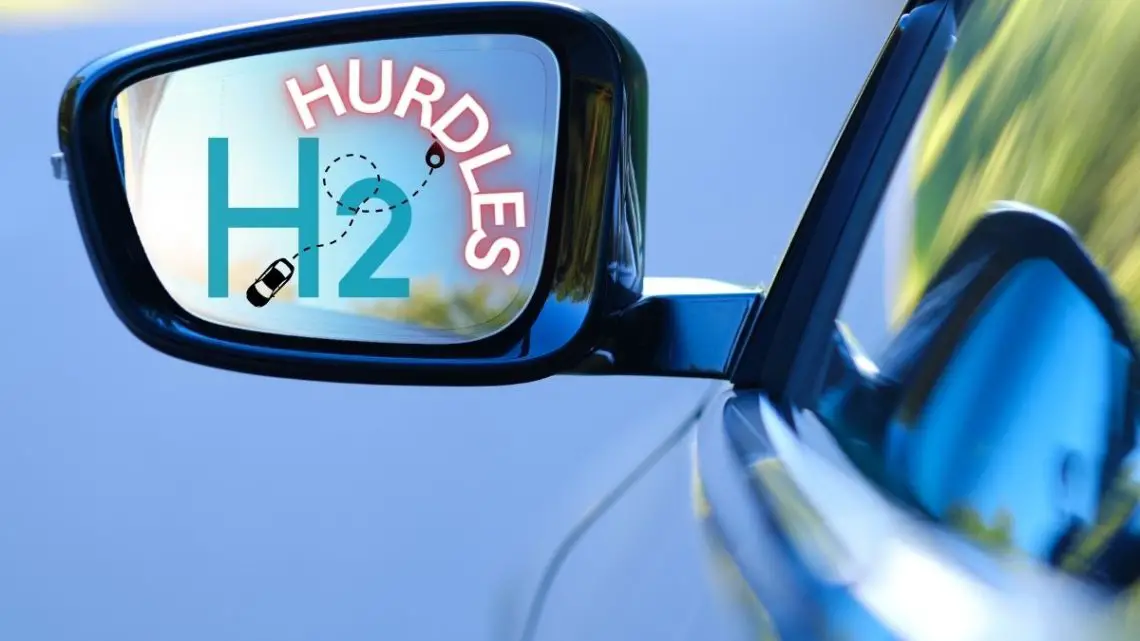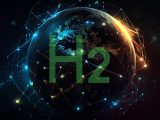
Toyota hydrogen cars strategy struggling with substantial hurdles
April 25, 2024The automaker’s H2 plan is facing calls for buybacks and lawsuits from vehicle owners
Toyota has been a leader in the effort to develop and roll out hydrogen cars for the general public, but while it has had its Mirai H2-powered passenger vehicle available for several years, the struggle is not getting any easier.
In fact, many substantial challenges are on the rise
Though the Mirai hydrogen cars have drawn a great deal of interest and attention, the experience they’re providing isn’t universally loved at the moment – often for reasons that have nothing to do with the vehicles themselves.
Beyond the usual challenges facing the entire market for H2 passenger vehicles, Toyota is also dealing with calls for buybacks, complaints about skyrocketing costs of fuel, issues with frozen pumps, and falling resale values.
Leading the way in hydrogen cars
The Japanese automaker took an early and enthusiastic perspective when it came to the potential for hydrogen cars. Its H2-powered passenger vehicle model, the Mirai, means “future” in Japanese. This was a direct reflection of the way the company felt drivers around the world would be drawn by the sedan and adopt this new way to drive a zero-emission vehicle that didn’t rely on the local electrical grid.
That said, as luxurious as the design of the vehicle was, and as much as its design improved over the years since it first rolled out, things haven’t progressed the way Toyota had been hoping.
Challenges with H2-powered driving
Early adopters were just as enthusiastic as Toyota. That said, those who first bought the Mirai discovered that driving hydrogen cars wasn’t exactly the convenient, affordable, zero-emission future they were expecting.

The H2 refueling infrastructure in markets where the car was first available – such as in California – didn’t expand as quickly as predicted. In fact, the Californian refueling network is facing setbacks that include stations temporarily closing due to supply chain issues or shutting down entirely. Shell recently announced that it was immediately closing all its California hydrogen refueling stations.
This, combined with the rapid depreciation of the vehicles has led some Mirai owners to turn to Toyota seeking a buyback. Some have even filed lawsuits over their experience owning the hydrogen cars. The potential they initially saw in the zero-emission passenger vehicles just hasn’t panned out, particularly without enough stations to realistically use the vehicles for everyday life.
Struggles for early adopters
Toyota poured more into its bet on hydrogen cars than any other automaker. Though its Mirai was first unveiled in November 2014, it started developing fuel cell vehicles back in the early 1990s. That said, as much as it worked hard enough to roll out more than one version of the vehicle, and many owners have adored the car and the driving experience it provides, the world around it didn’t keep up. Fueling has been a substantial challenge, and it’s one that is only getting harder for the moment. Both the price of fuel and the availability have been quite difficult on many people who took a chance and purchased a Mirai – or any other H2-powered passenger vehicle, for that matter.
For instance, the drivers in San Francisco who purchased hydrogen cars now have vehicles that don’t have public refueling stations available to them for at least 15 miles. There had been one open to them, but it closed. Now, there is one on the other side of the Bay or Golden Gate Bridge, each of which comes with a hefty toll and requires a 15-mile distance to drive (using time and fuel), or they can drive to Sunnyvale for the other station, which is 40 miles away.
Moreover, there is no guarantee that when the driver arrives at the station that it will be open with H2 available. Many stations are struggling with their supply and will shut down for periods of time when they run out.
Nozzles freezing to hydrogen cars
 When drivers do get to stations to refuel their hydrogen cars, even beyond the rising price of H2, there is another challenge unique to these vehicles. That is that the refueling nozzle is sometimes freezing to the vehicle because the H2 is stored at extremely low temperatures. Removing the nozzle can take as long as an hour, depending on how close the station tech is at the time. As a result, refueling can be a lengthy process.
When drivers do get to stations to refuel their hydrogen cars, even beyond the rising price of H2, there is another challenge unique to these vehicles. That is that the refueling nozzle is sometimes freezing to the vehicle because the H2 is stored at extremely low temperatures. Removing the nozzle can take as long as an hour, depending on how close the station tech is at the time. As a result, refueling can be a lengthy process.
Unfortunately, while drivers do seem to mainly like the Mirai hydrogen cars themselves, the experience of driving them as an everyday vehicle is far more costly and impractical than they’d been led to believe. These are major challenges automakers will need to overcome if H2-powered passenger vehicles are to hold a significant place in the zero-emission driving market.
Ready to test your knowledge on the most abundant element in the universe? Take our fun and engaging Hydrogen Quiz now! [forminator_quiz id=”58712″]



 With over 15 years of reporting hydrogen news, we are your premier source for the latest updates and insights in hydrogen and renewable energy.
With over 15 years of reporting hydrogen news, we are your premier source for the latest updates and insights in hydrogen and renewable energy.
Everything said here is true, do not forget the $36 a kilogram for hydrogen. Basically 80 cents per mile, you will go broke driving this car.
I would be interested in joining a group involved in legal action with Toyota that would force them to take measures to improve, modify or otherwise provide some compensation for the cost of fuel, lack of reliable fuel infrastructure, unacceptable vehicle depreciation and other problems that at this time appear to be insurmountable. Perhaps Toyota would consider a buyback in exchange for a heavily discounted price on one of the brands’ hybrid or EVs. By the way, love the car, as most do. This is really a shame and a big black mark on Toyota. miraiguy.at.runbox.com…